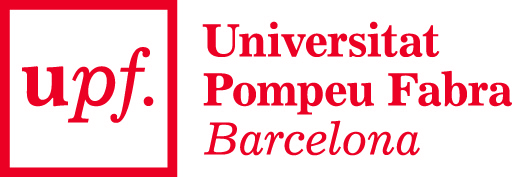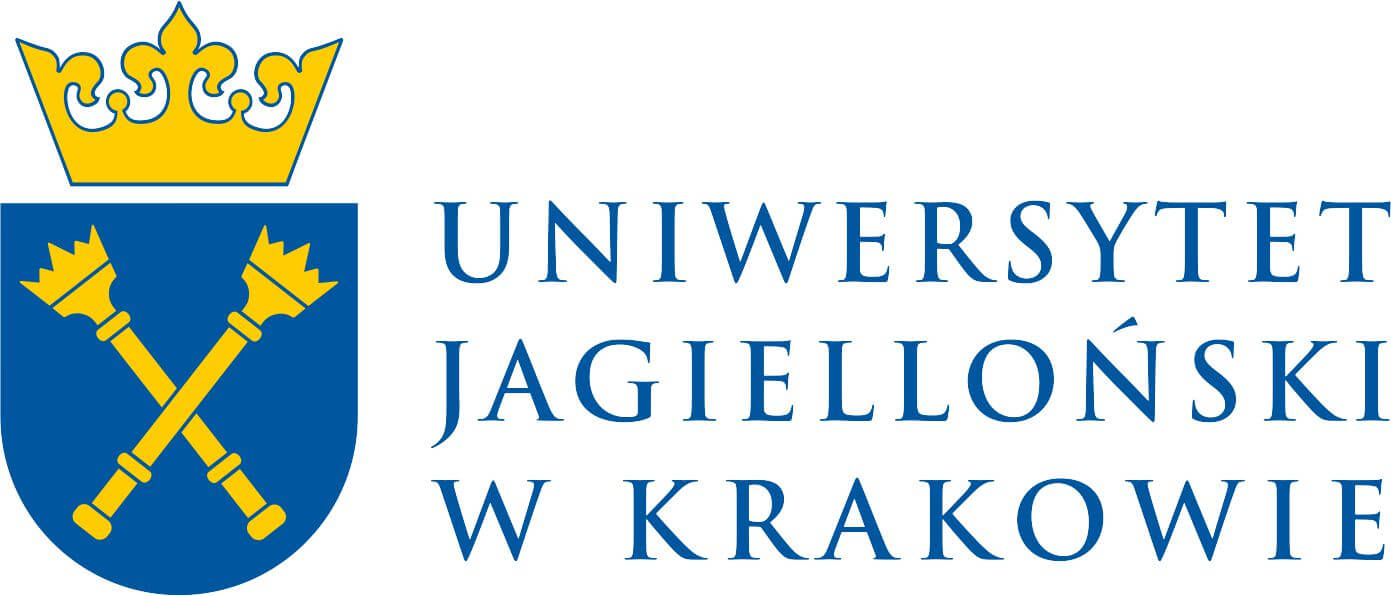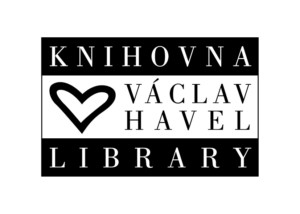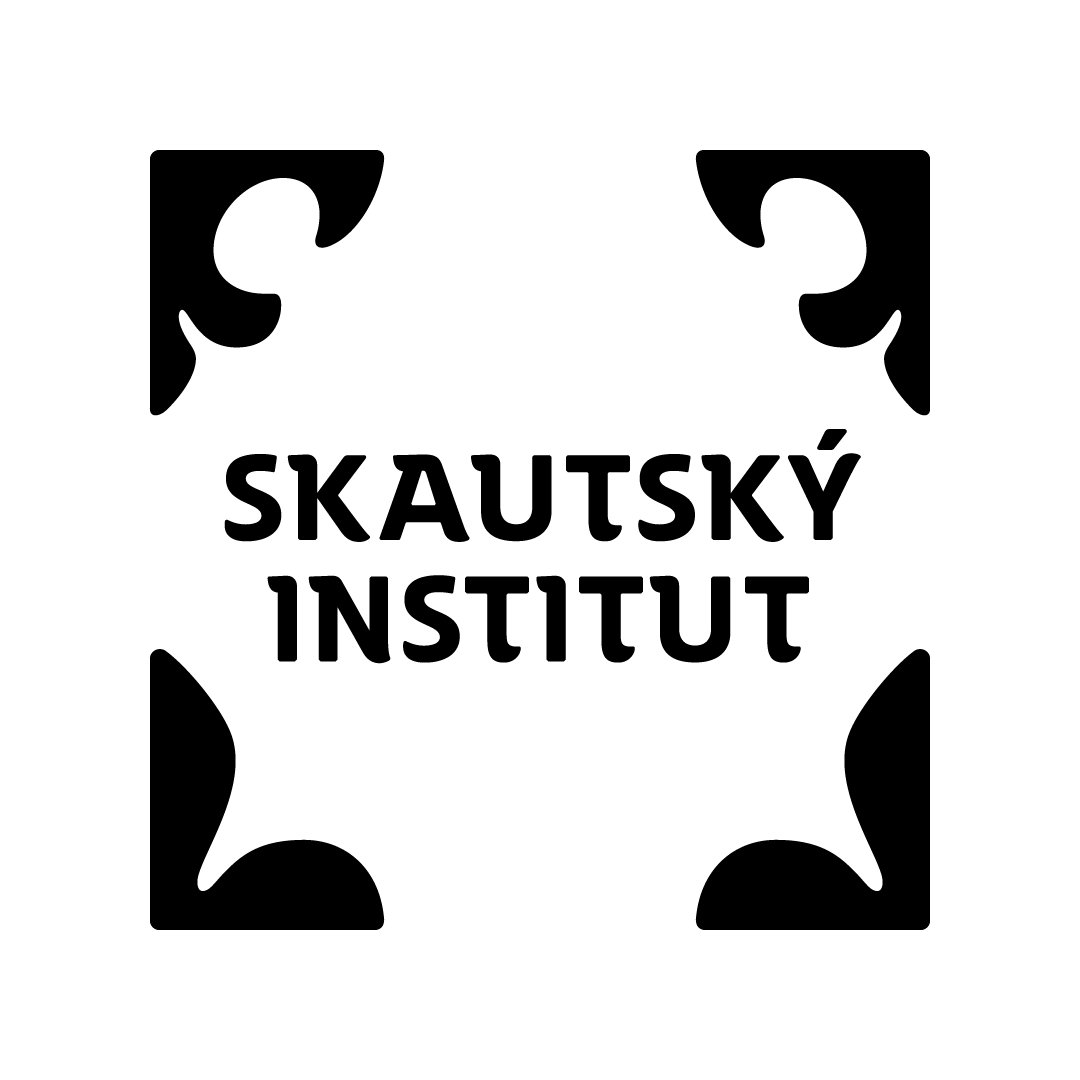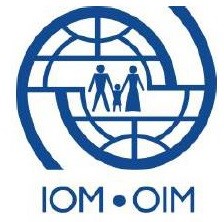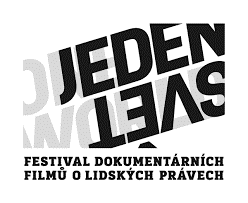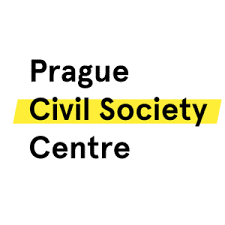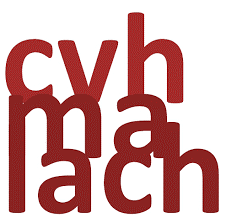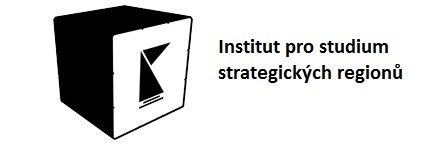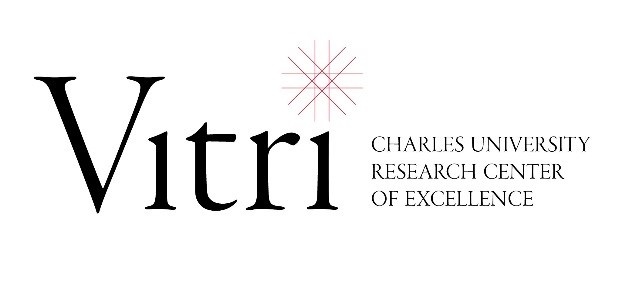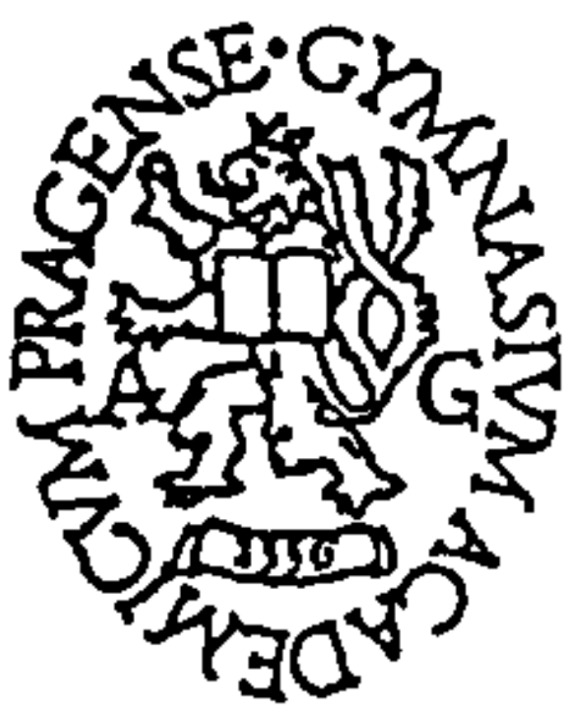“Arabic” Ilidža: The Only “Multicultural” Quarter of Sarajevo?
“Arabic” Ilidža: The Only “Multicultural” Quarter of Sarajevo?
29.7.2018 Ondřej Žíla
 Sarajevo’s Ilidža is known for being an important transport hub, a spa district with an Austro-Hungarian atmosphere and a beautiful promenade leading to the springs of the river Bosna. These are the most common associations among Bosnians when it comes to this quarter, located at the outskirts of the capital city. Yet recently, any reference to or debate about Ilidža in Bosnia has been almost exclusively concerned with newcomers from the Arab world and their foreign investments.
Sarajevo’s Ilidža is known for being an important transport hub, a spa district with an Austro-Hungarian atmosphere and a beautiful promenade leading to the springs of the river Bosna. These are the most common associations among Bosnians when it comes to this quarter, located at the outskirts of the capital city. Yet recently, any reference to or debate about Ilidža in Bosnia has been almost exclusively concerned with newcomers from the Arab world and their foreign investments.
After the end of the Bosnian war, the first immigrants who settled in Ilidža were Turks, followed by Arabs. Since there is no record of the number of immigrants originating from the Near East and Asia Minor, the media and politicians have been able to manipulate statistics from the area regarding their true quantity. Last year, Bosnian media estimated that there could be up to forty thousand Arabs located in Sarajevo. This highly overestimated figure shows the prevailing perspective on how Bosnians perceive the newly formed community. There is a tendency to judge Arabic newcomers with the same ideological biases, stereotypes and arguments that we observe in connection with the migration crises and the attitude towards Islam in Europe in general.
Although newcomers have contributed to a change in the local sense of place, which has dramatically altered since the end of the Bosnian war, the most important question is whether this contribution is purely due to the size of the community, or if they are not in fact not so numerous but highly influential. The Arabic presence is most clearly visible in their investments in the local infrastructure, the number of flight connections with the Arab world or the total number of stays overnight in hotels. Outside of the tourist season, any sign of the existing Arabic community is largely reduced to adverts for many real estate agencies, Arabic restaurants or hotels.
Ilidža during the war
Before the Bosnian war, Ilidža was a typical multicultural quarter of Sarajevo where Muslims (Bosniaks since 1993), Serbs, Croats and Yugoslavs lived together. The main pillar of peaceful coexistence (i.e. brotherhood and unity) of the Socialist Republic of Bosnia and Herzegovina (as well as the whole of Yugoslavia) vanished during the beginning of the 1990s. The Army of Republika Srpska, which commanded the majority of Ilidža during the war, forced the Muslims to leave. The rest of Ilidža was under the control of the Army of Bosnia and Herzegovina. Even today you can see the lines dividing the opposing factions during the war in Ilidža Park near a neglected Partisan memorial.
The Dayton agreement, concluded in 1995, decided that the most significant part of Ilidža would be a part of the Federation of Bosnia and Herzegovina under the shared control of Bosniaks and Croats. Serbs who outlasted the war in Ilidža did not want to stay there because they were afraid of revenge. Almost all of them left their homes just before the takeover by Federal police units. From the opposite direction, incoming Bosniaks who had escaped from Podrinje (including Srebrenica) also settled there.
The absence of Serbs who refused to return and the arrival of Bosniaks from other regions of Bosnia and Herzegovina irreversibly changed local community. The main goal of the Dayton agreement – restoration of the prewar multiethnic character of Ilidža as well as of Sarajevo and Bosnia and Herzegovina – has failed. Nevertheless, the ambience of Ilidža has slowly been changing over the last decade because of the incoming population from Muslim countries.
Arabs in Ilidža
In the Arab world, Bosnia and Herzegovina is presented as a financially accessible, majority Muslim country. Muslims from the Near East enjoy the beautiful Bosnian nature, hilly landscapes and ski resorts not far from mosques. In combination with an array of adequate and available accommodation, estates, good connections to the old Ottoman center of Sarajevo and the nearby airport, Ilidža represents the perfect place for newcomers and investors. Thanks to the rapidly growing number of Arab newcomers, the local tourist resort, destroyed during the war, has been restored over the last couple years.
This practically unknown community became even more visible in 2016 when the Bosnian media pointed out the sharply increasing number of Arabs who travel to Bosnia and Herzegovina every year. Since then, the media has highlighted the growth in Arabic investments, the purchase of properties as well as plots of land and the construction of new residential complexes.
Due to the many unresolved issues connected to the war along with the processes bound to complicate the postwar reconstruction and the postsocialist transformation, the political situation in Bosnia and Herzegovina is still fragile and shaky. The Dayton settlement of the state cemented the ethnically fragmented structure of the country. A lot of hysterical media attention has been given to this growing number of Arab visitors. Especially among Bosnian Serbs and Croats, but also liberal Bosniaks, a lot of bad memories of atrocities committed by Mujahideens in central Bosnia during the war are being recounted. Also, Muslim visitors have a different and more rigorous approach to Islam. Due to that, many Bosnians are very unfriendly to them. Thus, since 2016 there has been a widespread negative campaign which has highlighted that Bosniaks have become a “minority” in Ilidža; all across the district, one can “hear Arabic,” see “prayers on the streets” or witness “women wearing burqas.” Nationalists misuse the negative perception of Muslims as a vital threat to Bosnia and Herzegovina. This anxiety regarding “others” is the most fruitful card employed by nationalist parties in mobilizing the Bosnian electorate.
Controversies about the Arab community in Sarajevo
The boom in construction and tourism in Ilidža, which Sarajevans have begun calling “Kuwait City” or “Dubai City,” has not been unanimously welcomed. At first sight, the quarter has changed. There are loads of signs or adverts in Arabic letters in the streets of Ilidža. Many restaurants in Ilidža, but also in the historic center of Bašćaršija, have stopped selling alcohol. Besides traditional Bosnian coffee, Sarajevo’s cafés even offer tea and hookah (nargile). Some restaurants serving Bosnian cuisine have even begun to offer halal options.
Also, there are problems when it comes to speaking about Arabic investments. Firstly, it is not clear where these finances are coming from. Secondly, the state is not capable of thoroughly controlling all the financial influx connected to Arab investors. Thirdly, since Bosnian law does not allow foreigners to buy estates, there are dozens of Bosnian companies which assist with this business. The Bosnian public heavily criticizes the uncontrolled selling off of land that is in possession of the municipality and the financial machinations.
Arabs in Ilidža: a reality or a myth?
 Although Ilidža is slowly changing into some sort of peculiar “resort” during summer months, we can’t conclude that Arabs dominate this quarter or even reside there all year-round. The number of Arabs who permanently live in Bosnia and Herzegovina reaches at most a several hundred. On the other hand, tens of thousands of Arab tourists come to visit Bosnia and Herzegovina every summer (there were around 70,000 Arabs in Bosnia and Herzegovina in 2017, according to the Bosnian Border police). Besides hotels in the urban area, Arabs mostly stay in vast holiday resorts on the outskirts of Ilidža. These resorts are out of bounds for locals.
Although Ilidža is slowly changing into some sort of peculiar “resort” during summer months, we can’t conclude that Arabs dominate this quarter or even reside there all year-round. The number of Arabs who permanently live in Bosnia and Herzegovina reaches at most a several hundred. On the other hand, tens of thousands of Arab tourists come to visit Bosnia and Herzegovina every summer (there were around 70,000 Arabs in Bosnia and Herzegovina in 2017, according to the Bosnian Border police). Besides hotels in the urban area, Arabs mostly stay in vast holiday resorts on the outskirts of Ilidža. These resorts are out of bounds for locals.
Nevertheless, the Arab clientele has gradually transformed Ilidža into the only “multicultural” quarter of Sarajevo. Additionally, massive investments from the Near East have had one concrete impact: local authorities initiated a request to become independent from Sarajevo and proclaim themselves a distinct city.
* Almost 50 % of Arab visitors come from Kuwait, the rest arrive to Bosnia from other Arab countries (the United Arab Emirates, Katar, Oman, Bahrain, Saudi Arabia etc.).
Initially published on BOHEMs website
Reference: Žíla, Ondřej. “Arabic” Ilidža: the only “multicultural” quarter of Sarajevo?. PRIMUS BOHEMS Web, 13.7.2018. Link: http://www.bohems.fsv.cuni.cz/post/103.





